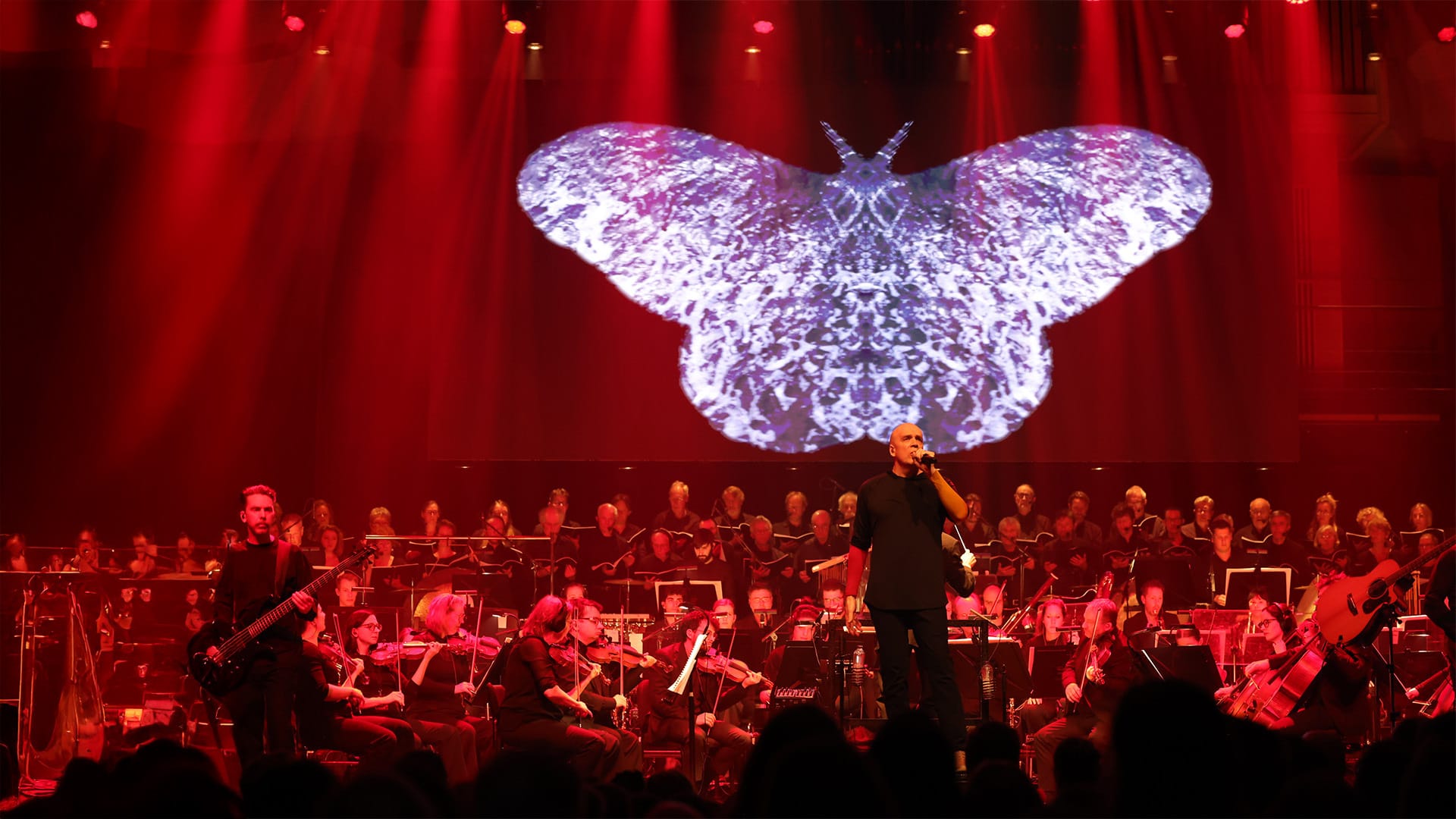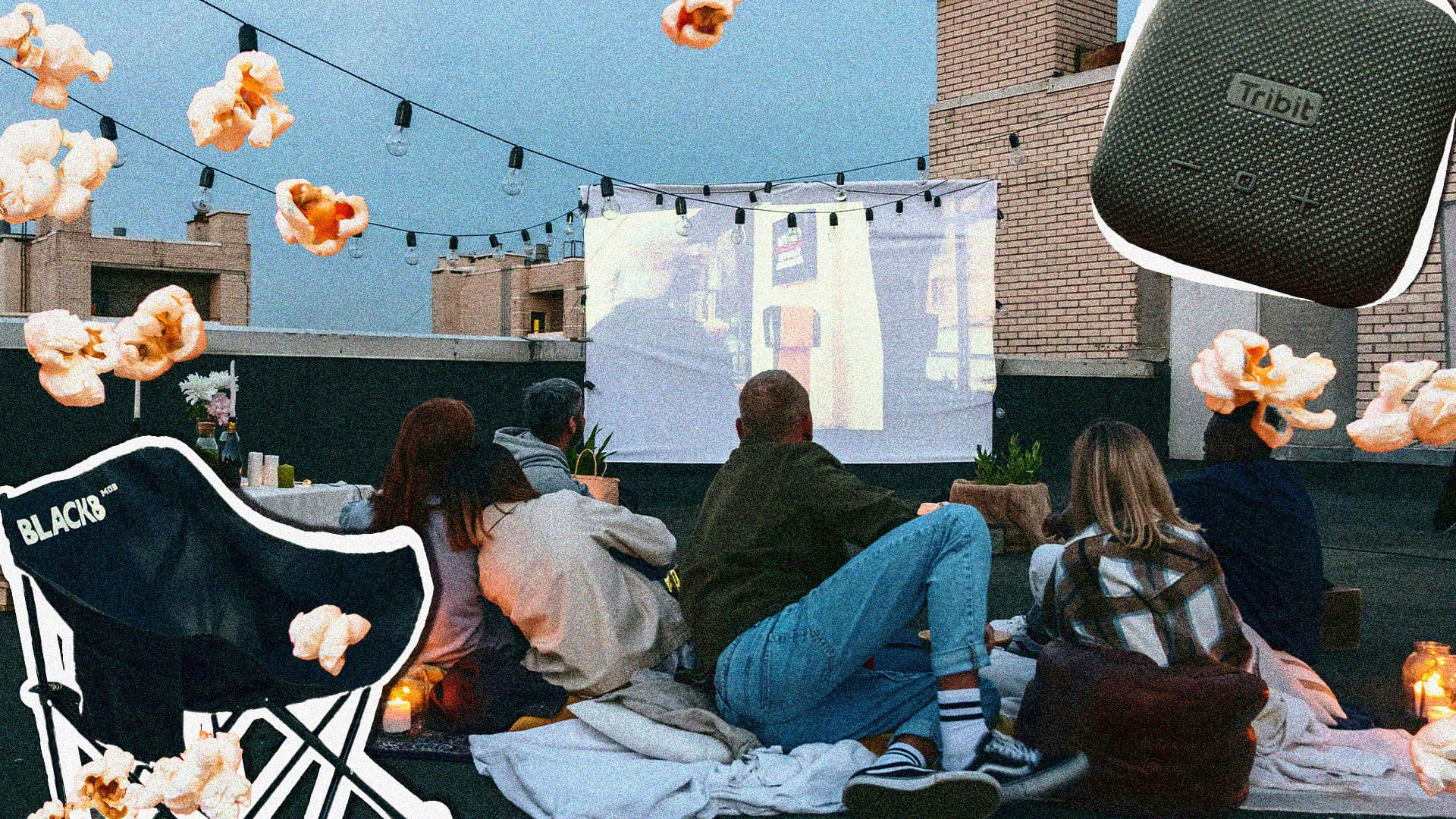How Gen Z and Millennials Are Reinventing Classical Music in 2025
Bridgerton, niche TikTok memes, an increasing need to focus in an overwhelming world, and the fact that blockbusters still rely on orchestral content to pack the biggest punches; how and why does classical music hit different for Gen Z and millennials?
In today's current climate of for-you-pages and algo-driven discovery, you'd be forgiven for assuming that classical music is struggling to stay relevant. However, you'd be mistaken. In 2025, classical music is quietly (sometimes loudly) making waves across all aspects of new media. Through concert films, live streams, and viral video clips, younger audiences engage with classical music as a visual and an auditory experience.
You might have noticed classical music sneaking back into pop culture and, dare I suggest, becoming "cool" again. New research from the Royal Philharmonic Orchestra indicates the proportion of people under 35 listening regularly to orchestral music has risen to nearly two-thirds (65%), surpassing that of those over 55 (57%). This shift shows younger generations are embracing classical music as part of their daily lives more than ever before.
Generational Listening: A Brief History
Before we dive into the younger generations, it's worth considering how classical music consumption has shifted across generations. Baby Boomers and Gen X often discovered classical music through vinyl records, radio, and trips to the concert hall, where tradition and formal training were key. More so, there was less of the "discovery" era (compared to what we see now), there were the lovers of classics (we're talking of the Beethoven's, Stravinsky's), and that was a dedicated niche of enjoyment reserved for the few exposed through families and environment.
Millennials came of age with the rise of digital downloads, YouTube deep-dives, and streaming playlists, leading to more relaxed, curated listening habits. Now, Gen Z experiences classical music through TikTok trends, ambient study mixes, and cinematic concert films on demand. Each generation has brought a new context to the genre, but its emotional pull remains.
Young listeners today aren't drawn to tradition for its own sake. Instead, they're motivated by values: authenticity, storytelling, emotion, and mindfulness. Classical music (once seen as the preserve of the elite) now offers precisely what many are after: emotional depth, mental clarity, and meaningful experiences.
The Modern Listener's Mindset
Looking closer at how young people incorporate orchestral music, the RPO survey shows that under 35s listen in very different ways compared to older generations. For example, while older listeners mainly tune in during travel (24%), younger audiences are more likely to listen while cooking (25%), working (19%), or exercising (17%). These everyday moments reflect how orchestral music has become an integral part of their routines, often connected to mental clarity and mindfulness.
For Gen Z, playlists geared towards focus and wellbeing are everywhere. Classical pieces and ambient symphonies often serve as soundtracks for studying, revision, or winding down after a hectic day. It's more than just a preference; it's tied to mental health. Both research and anecdotal evidence suggest that many young people are turning to instrumental music to help them stay calm, focused, and grounded in an otherwise noisy world.
TikTok & The Viral Effect
Classical music has found an unexpected home on TikTok, where sped-up symphonies, clever remixes, and memeable moments bring centuries-old compositions to life. #classicalmusic on TikTok has 726K videos as of 2025, with it actively promoted by the TikTok algorithm-lords, prompting users to "Share with us how you play your instruments, compose your music, or simply how much you love the magic of #ClassicalMusic!”
These platforms have given classical music a new voice (one that speaks in clips, humour, and strong aesthetics). For Gen Z and Millennials, it's a genre that feels flexible, remixable, and shareable, more like fashion or design than anything fixed or old-fashioned.
Bridgerton & Hans Zimmer
But it's not just social platforms doing the work; mainstream hits like Bridgerton have played a considerable part. By combining orchestral pop covers with compelling drama, the show brought classical textures into a new light. A standout cultural moment that bridged generational gaps was Netflix's Bridgerton (which paired classical string versions of modern pop tracks with visually rich period drama).
This creative combination introduced a wave of younger viewers to the classical genre, proving how easily new audiences can reimagine and embrace it. Vitamin String Quartet, known for their classical covers of Ariana Grande, Billie Eilish, and Maroon 5 tracks featured in Bridgerton, have experienced a remarkable 350% increase in streams since the show's debut last December. This surge highlights how the series has introduced classical reinterpretations of pop music to a whole new generation.
Hans Zimmer's soundtracks have become cultural touchstones for many Millennials, shaping how they experience film and music alike. Now, that’s not to suggest that orchestral music in film is something new - but the emotional depth and cinematic scope of these scores resonate strongly, linking the grandeur of the orchestra to stories and moments that feel personal.
These films already hold deep emotional weight for Millennials and Gen Z audiences, making them the perfect entry point into orchestral appreciation. Hans Zimmer's Live in Prague, for example, taps into the crossover appeal of orchestral music and blockbuster cinema (featuring unforgettable scores from Inception, The Dark Knight Rises, and Interstellar).
From Consumer to Creator
The line between audience and artist is increasingly blurry. Gen Z and Millennials aren't just listening to classical music but actively shaping it. Violinists build Instagram followings, pianists reinterpret video game scores in the style of Bach, and YouTubers craft orchestral covers of Billie Eilish.
Thanks to this generation's love of genre-blending, classical music is far from a museum relic. It's a creative tool, open to interpretation and reinvention.
Streaming, Accessibility & A New Kind of Experience
Streaming platforms are changing the way audiences access classical music. Once limited to concert halls and live events, these performances are now available at home, often in stunning cinematic quality. Formats like HD stereo, 4K UHD, Dolby Vision, and Dolby Atmos offer an immersive experience that is as compelling on-screen as in-person.
On Air features performances of landmark works like Igor Stravinsky's The Rite of Spring, Petrushka, and The Firebird (all brought to life by the Royal Philharmonic Orchestra). These 20th-century masterpieces, once boundary-pushing and now iconic, sit alongside romantic works by Brahms, Beethoven, Dvořák, and Sibelius, creating a catalogue that appeals to the broad and evolving tastes of younger audiences who are exploring classical music in new, dynamic ways.










